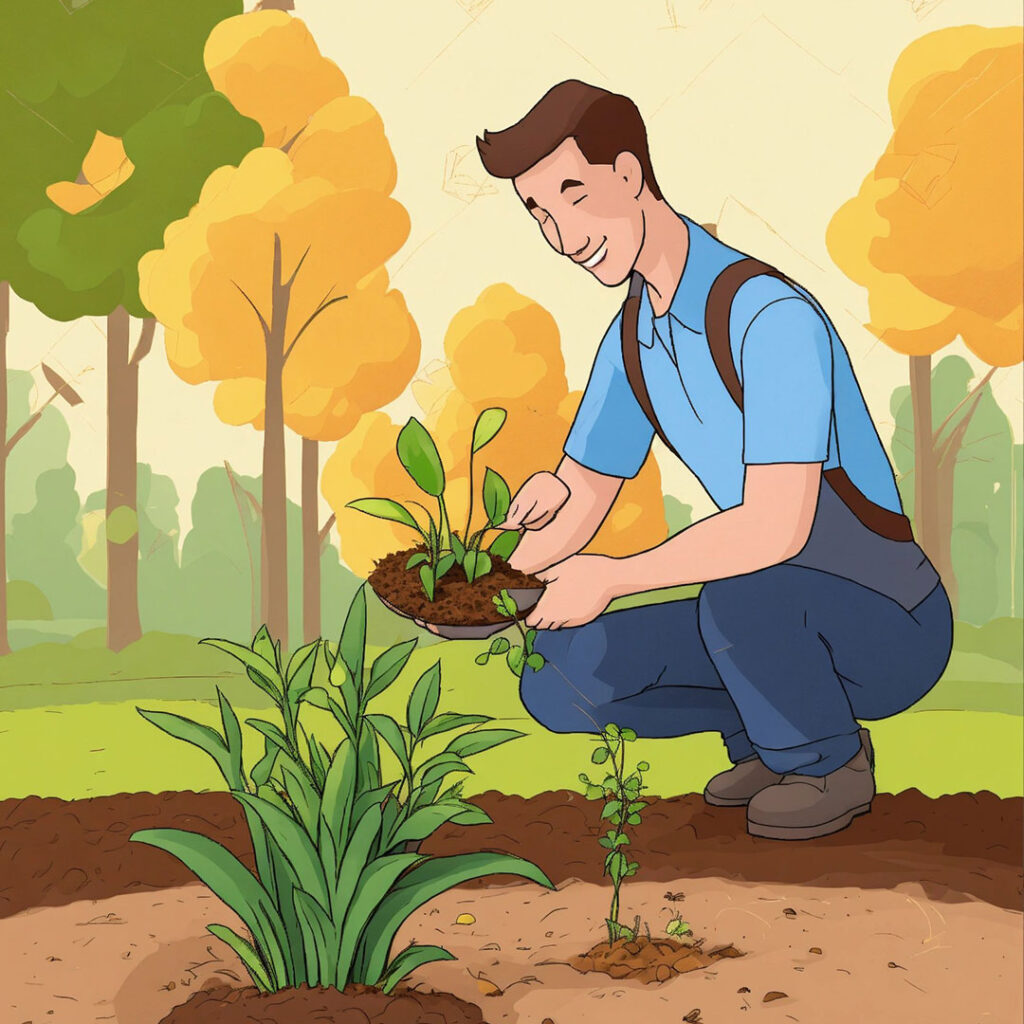The statement “Don’t use pesticides and herbicides” advocates for reducing reliance on chemical substances that can have adverse effects on the environment, human health, and ecosystems.
Integrated Pest Management (IPM): Implement IPM strategies that focus on preventing pests through natural means like biological control, crop rotation, and using pest-resistant plant varieties.
Natural Predators and Beneficial Insects: Encourage the presence of natural predators like ladybugs, lacewings, and birds that feed on pests, helping to control pest populations naturally.
Companion Planting: Planting different crops together can deter pests naturally. Certain plants have properties that repel specific pests or attract beneficial insects.
Organic and Natural Alternatives: Use organic or natural alternatives like neem oil, diatomaceous earth, soap-based sprays, and horticultural oils to manage pests and weeds.
Mulching and Weed Control: Mulching around plants helps control weeds and retains moisture in the soil, reducing the need for herbicides. Hand weeding and mechanical methods can also control weed growth.
Soil Health Improvement: Maintain healthy soil by adding compost and organic matter. Healthy soil promotes plant growth and resilience, reducing the need for chemical interventions.
Crop Rotation and Diversity: Rotate crops and diversify plantings to disrupt pest cycles and reduce the build-up of specific pests and diseases.
Support Beneficial Habitats: Create habitats that attract beneficial insects, birds, and wildlife that contribute to pest control naturally.
Education and Awareness: Educate yourself and others about the environmental and health impacts of pesticides and herbicides, promoting alternative, safer practices.
Advocate for Sustainable Practices: Support and advocate for policies and regulations that promote sustainable agricultural practices and reduce the use of harmful chemicals in farming.
Reducing the reliance on pesticides and herbicides supports healthier ecosystems, protects beneficial insects and wildlife, improves soil and water quality, and contributes to a safer and more sustainable environment for all.
